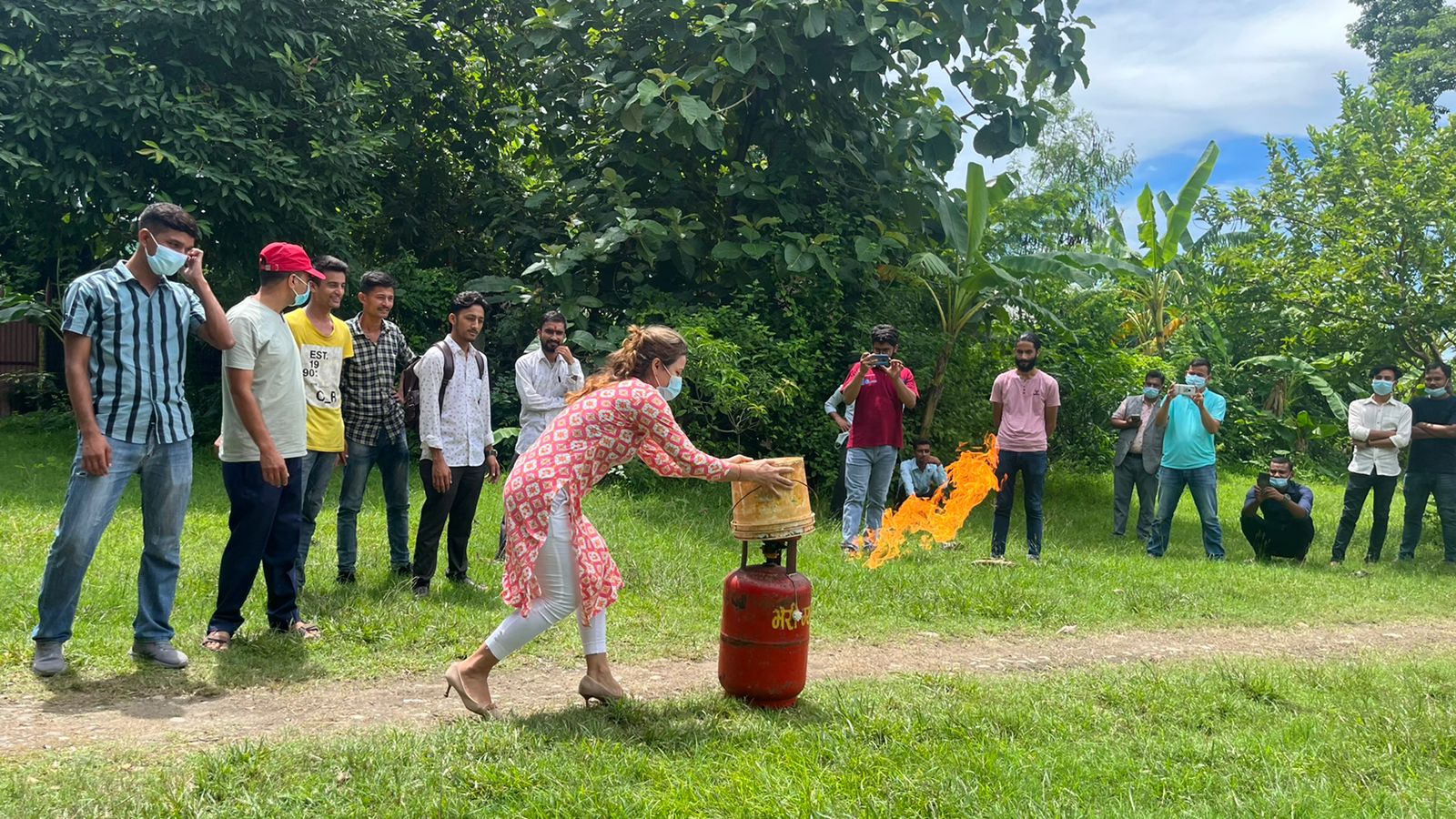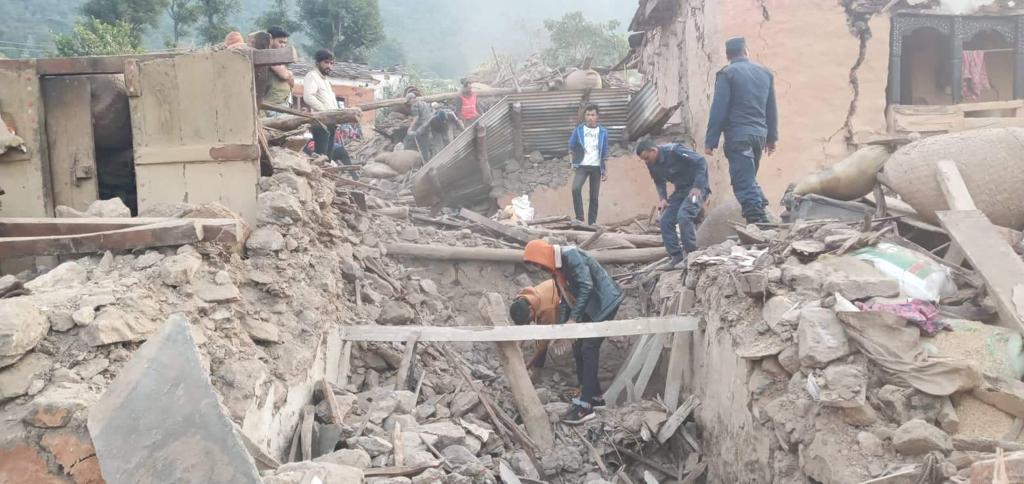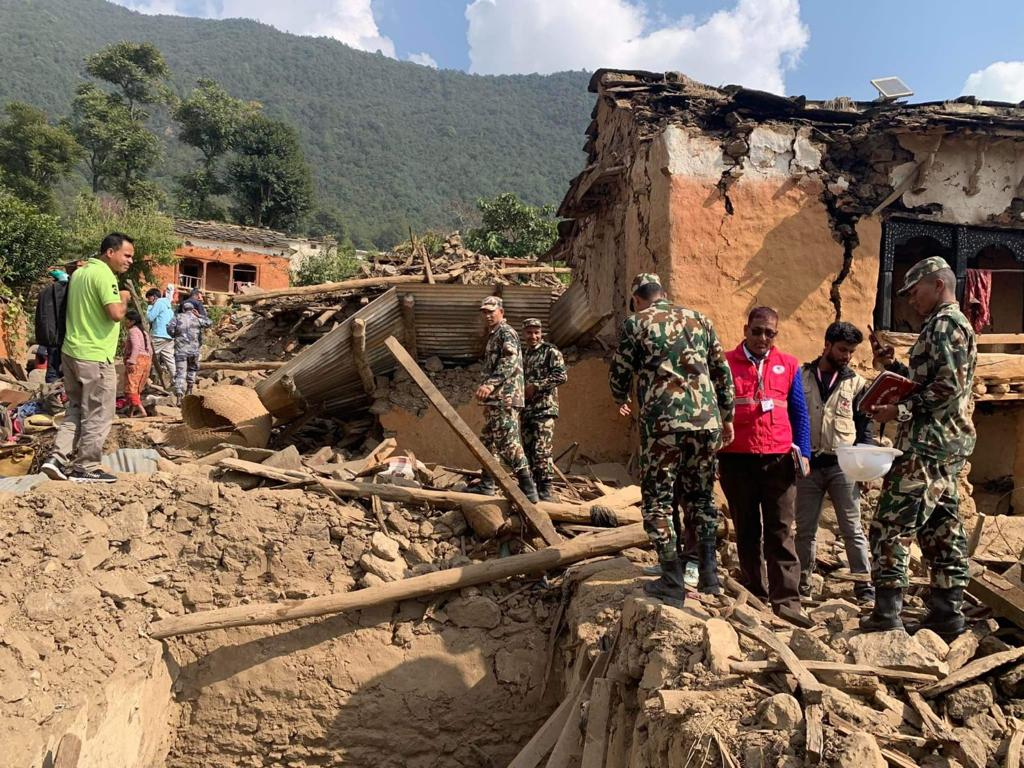By VIjay Singh, Policy Advisor, Assistant Resident Representative
Detrimental Disasters – A Wake Up Call?
December 6, 2022

The 6.6 magnitude earthquake and the series of aftershocks that shook Doti and adjoining districts recently have devastated the place, with six known fatalities. We know that the situation on the grounds is dire – the community has been left traumatized as the mudstone, non-engineered houses crumble down.
These earthquakes in Sudurpaschim Province are in fact ringing a bell to get us prepared. Data from the Nepal Disaster Risk Reduction Portal shows that altogether 2,119 different disaster-related events occurred in Sudurpaschim Province from 2011 to 2021. These disasters have ranged from landslides, floods, fire, windstorm among others showing that the region is vulnerable to not only earthquakes, but other disasters as well.
And in many ways, this recent earthquake is a wakeup call for all of us. Are we prepared against such disasters?
While there has been notable progress in building resilience to disasters in the Bagmati Province following the 2015 earthquake, which took the lives of approximately 9,000 people and damaged about one million houses, Sudurpaschim Province has a long way to go.
Different studies suggest that there is a greater likelihood of strong earthquakes striking the Western parts of Nepal, including Lumbini, Karnali and Sudurpaschim Provinces, which could be devastating given the poor quality of buildings and infrastructures in these provinces.
A study carried out by UNDP in Gorkha, shows some 3.5 million rural/traditional houses across Nepal are “vulnerable,” putting approximately 16 million lives at risk in the event of an earthquake. Working on post-earthquake recovery and resilient reconstruction in Gorkha, we learnt that retrofitting of rural houses could be an effective way to increase seismic resilience of the community.
A disaster like 2015 Earthquake will not only cause loss of life, but also take a heavy toll on the livelihood of the most marginalized and vulnerable population as well as the local economy. The Sudurpaschim Province, which has already suffered from economic loss of NRs. 781 million due to disasters in the recent decade, will not be able to absorb further loss to its economy from disasters.

Over the last two decades, the Government of Nepal and UNDP have been working together with international development partners on comprehensive disaster risk management, including preparedness, response, and recovery. Knowledge gained from the past in responding to disasters has been used to guide the Sudurpaschim Government in the implementation of the Strengthening Urban Preparedness, Earthquake Preparedness and Response in Western Regions of Nepal (SUPER) project . This project, funded by the European Union, and implemented by a consortium of UNDP, UNICEF and UN Women, has tested out several approaches which are also useful for other provinces to build resilience to future disasters.
First, preparedness is key to reducing the amount of loss and damage incurred by any disaster. This entails preparedness at all tiers of the government, and at the individual and community level. Though at a small scale, the Sudurpaschim Province provides a good example of how we can prepare the whole of the society for disasters by working simultaneously on required policy and institutional set up, and communications.
Sudurpaschim Province is currently formulating a Provincial Disaster Response Framework, which is informed by vulnerability assessment of existing buildings, scenario-based impact modelling that ascertains the degree of severity from an earthquake impact, and simulation exercises carried out at the provincial and local levels to help prepare for disasters.
Besides the reforms at the policy front, the Province is also strengthening its Emergency Operation Centers through 24/7 surveillance, information management and coordinated response and public awareness actions.

Second, engaging the local community is one of the most effective and efficient ways of responding to disasters. For a resource starved country like ours, where settlements are scattered over difficult mountainous terrain, effective disaster response cannot solely be delivered by state-owned mechanisms. Mobilizing community volunteers provides a reliable solution. In Sudurpaschim, the Community Emergency Response Team (CERT) volunteers, trained on first aid, search and rescue and firefighting, are now ready to act as first-responders in case of a disaster.
Third and the last, disaster response plans must keep the most vulnerable people at the center as they are hard hit by any disaster and often lack the capacity to respond. In the recent earthquakes, for example, out of the six casualties, four were women. Our disaster preparedness must therefore ensure an inclusive response by making policies and relief packages focused on addressing the concerns of the most vulnerable.
A risk resilience approach must not only target technical solutions. One of the lessons learnt from the 2015 earthquake is, providing an engineering solution for resistant housing is just not sufficient to build resilience and much more is needed to ensure people’s ownership of the solution. It is ultimately the people who should guide the solution.
Although there are active steps being taken to ensure enhanced disaster preparedness and coordinated response, the recent earthquakes indeed serve as a wakeup call for all, for urgent and coordinated action to prepare against any impending disasters.

 Locations
Locations